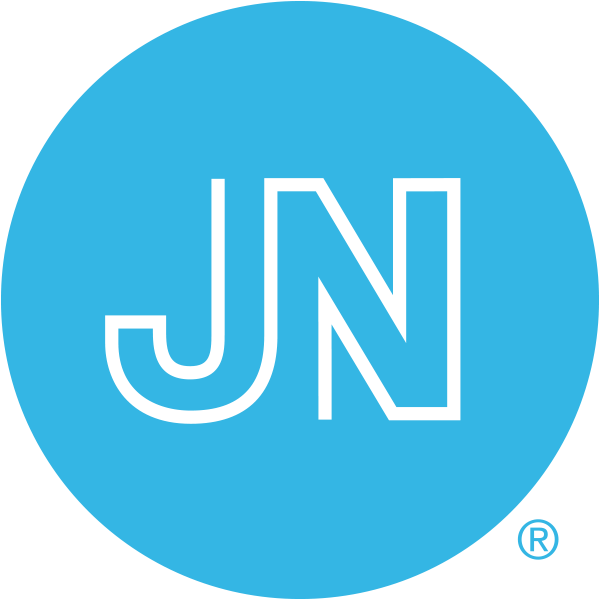|
Αρχειοθήκη ιστολογίου
-
►
2023
(138)
- ► Φεβρουαρίου (74)
- ► Ιανουαρίου (64)
-
►
2022
(849)
- ► Δεκεμβρίου (61)
- ► Σεπτεμβρίου (74)
- ► Φεβρουαρίου (65)
-
▼
2021
(2936)
- ► Δεκεμβρίου (59)
- ► Σεπτεμβρίου (180)
-
▼
Φεβρουαρίου
(325)
-
▼
Φεβ 25
(17)
- A Systematic Review of the Omohyoid Muscle Syndrom...
- Tympanostomy Tubes-Where We Were, Where We Are, an...
- Combined treatment of ureteropelvic junction obstr...
- Association Between Habitual Snoring and Cognitive...
- Otolaryngologic Manifestations in Pediatric Inflam...
- Laryngeal and Tracheal Pressure Injuries in Patien...
- Prematurity: A Prognostic Factor for Increased Sev...
- Periodic Fever, Aphthous Stomatitis, Pharyngitis, ...
- Expression of Claudin-1 in laryngeal squamous cell...
- Pilot Study of External Beam Radiotherapy for Recu...
- Gray-Scale Inversion on High Resolution Computed T...
- Current Status of Handheld Otoscopy Training: A Sy...
- Induction of IL‐1β and antimicrobial peptides as a...
- Effects of constant light exposure on allergic and...
- Anatomical variations of the mandibular canal and ...
- Virtual thanks giving to a cadaver by medical stud...
- Anatomical variations of the sacro-iliac joint: a ...
-
▼
Φεβ 25
(17)
-
►
2020
(1624)
- ► Δεκεμβρίου (293)
- ► Σεπτεμβρίου (234)
- ► Φεβρουαρίου (28)
-
►
2019
(13362)
- ► Δεκεμβρίου (19)
- ► Σεπτεμβρίου (54)
- ► Φεβρουαρίου (5586)
- ► Ιανουαρίου (5696)
-
►
2018
(66471)
- ► Δεκεμβρίου (5242)
- ► Σεπτεμβρίου (5478)
- ► Φεβρουαρίου (4835)
- ► Ιανουαρίου (5592)
-
►
2017
(44259)
- ► Δεκεμβρίου (5110)
- ► Σεπτεμβρίου (5105)
-
►
2016
(7467)
- ► Δεκεμβρίου (514)
- ► Σεπτεμβρίου (1038)
- ► Φεβρουαρίου (793)
Αναζήτηση αυτού του ιστολογίου
Πέμπτη 25 Φεβρουαρίου 2021
A Systematic Review of the Omohyoid Muscle Syndrome (OMS): Clinical Presentation, Diagnosis, and Treatment Options
Tympanostomy Tubes-Where We Were, Where We Are, and Where We Will Be: A State-of-The-Art Review
|
Combined treatment of ureteropelvic junction obstruction and renal calculi with Robot Assisted Laparoscopic Pyeloplasty and Laser Lithotripsy in children: case report and non systematic review of the literature
|
Association Between Habitual Snoring and Cognitive Performance in Preadolescent Children
|
Otolaryngologic Manifestations in Pediatric Inflammatory Multisystem Syndrome Temporally Associated With COVID-19
|
Laryngeal and Tracheal Pressure Injuries in Patients With COVID-19
|
Prematurity: A Prognostic Factor for Increased Severity of Pediatric Obstructive Sleep Apnea
|
Periodic Fever, Aphthous Stomatitis, Pharyngitis, and Cervical Adenitis Syndrome: Relapse and Tonsillar Regrowth After Childhood Tonsillectomy
|
Expression of Claudin-1 in laryngeal squamous cell carcinomas (LSCCs) and its significance
|
Pilot Study of External Beam Radiotherapy for Recurrent Unremitting Tracheal Stenosis
|
Gray-Scale Inversion on High Resolution Computed Tomography of the Temporal Bone: An Observational Study
|
-
This protocol presents an in vitro live-imaging phagocytosis assay to measure the phagocytic capacity of astrocytes. Purified rat astrocyt...
-
Association française pour l'étude du cancer [Imatinib in the treatment of chronic myeloid leukemia in Morocco]. Related Articles [Im...
-
A Case of Miller Fisher Syndrome Due to the Use of Cemiplimab : No abstract available Miller Fisher syndrome is a rare, acquired n...





